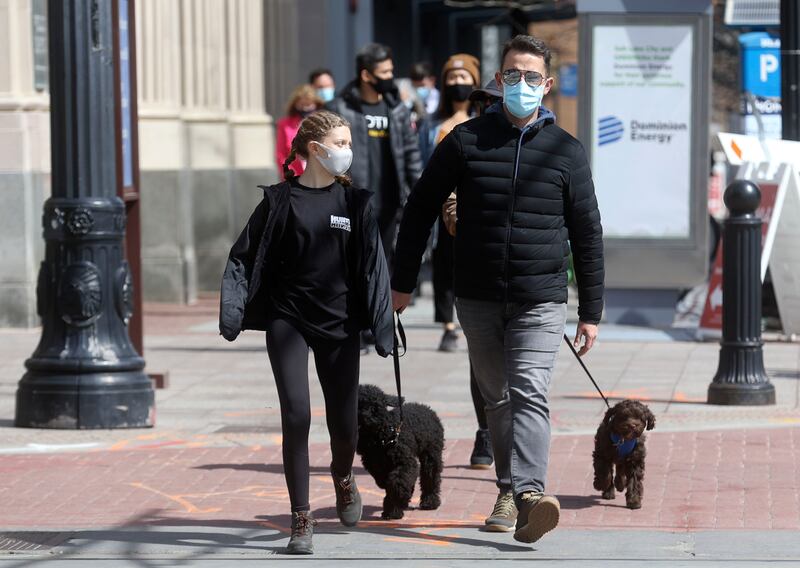Experts and health officials are concerned the United States might feel the force of a fourth wave of COVID-19 as the country continues its vaccine rollout. But this wave may look different than previous ones.
What’s different about the new COVID-19 wave?
Experts recently told CNN that the next wave of the novel coronavirus might look a little different than what we’ve seen before. Dr. Peter Hotez, dean of the National School of Tropical Medicine at Baylor College of Medicine, told CNN that variants will change the way the wave hits.
- “We have to think about the B.1.1.7 variant as almost a brand-new virus,” he told CNN. “It’s acting differently from anything we’ve seen before, in terms of transmissibility, in terms of affecting young people, so we have to take this very seriously.”
Former Food and Drug Administration Commissioner Dr. Scott Gottlieb told CBS’s “Face the Nation” that young people will feel the brunt of the new wave since a lot of them they remain unvaccinated due to eligibility.
- “If you look what’s happening in Michigan, in Minnesota, in Massachusetts, for example, you’re seeing outbreaks in schools and infections in social cohorts that haven’t been exposed to the virus before.”
- “The infection is changing its contours in terms of who’s being stricken by it right now,” he added.
Will there be COVID-19 deaths?
Axios reported that the upcoming fourth wave may have fewer deaths than earlier waves. The previous waves hit older populations, leading to more deaths from COVID-19. But close to 75% of older Americans have received at least one dose of the COVID-19 vaccine, which suggests that there will be a lower death rate among the group during the next wave.
- It’s unclear how much the new variants will impact younger populations — or if it they evade the vaccines.


